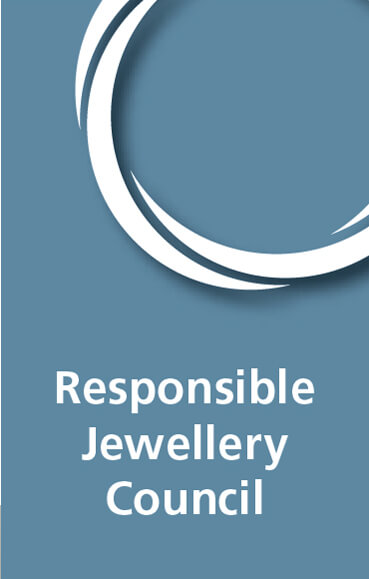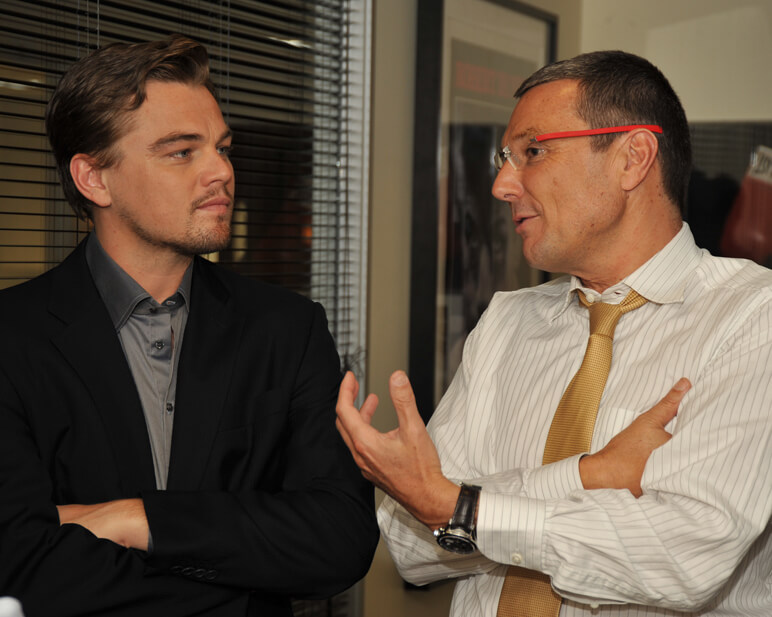On the international level, the Responsible Jewellery Council (RJC) brings together business and stakeholders across the diamond and gold jewellery supply chain to promote good environmental and social practices. The RJC has launched a system of certification which began full operation in 2009. Through its actions, the Council paves the way for greater transparency in the sector and better respect of environmental protection laws, although results have yet to show. Because trade in precious stones is so untransparent, and traceability so difficult, certified companies must act fully to bring about effective and positive changes. Some jewellers, such as Leber Jeweler Inc in Chicago and Brilliant Earth in Canada, no longer do business with the major mining companies. Instead they use only conflict-free and reclaimed materials to make “responsible” jewellery.
Assembly offers enormous potential for improvement and with minimal means. Think transport, energy consumption and waste. A management system along the lines of ISO 14001 standard or the more recent OKpilot® online system can help companies better manage most of the environmental aspects of their business. Measures to improve environmental performance in transport include subsidised public transport passes, car-pooling initiatives and shared transport services for companies in the same region.
*This article is based on La Gestion Environnementale d’Entreprise: état des lieux et perspectives de l’horlogerie de luxe en Suisse, 134 pages, 2009, Master’s thesis by Sven Aubert under the supervision of Professor Suren Erkman and in collaboration with Théodore Besson at the University of Lausanne.













